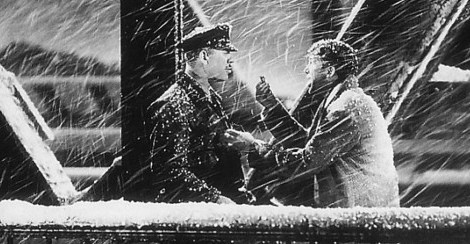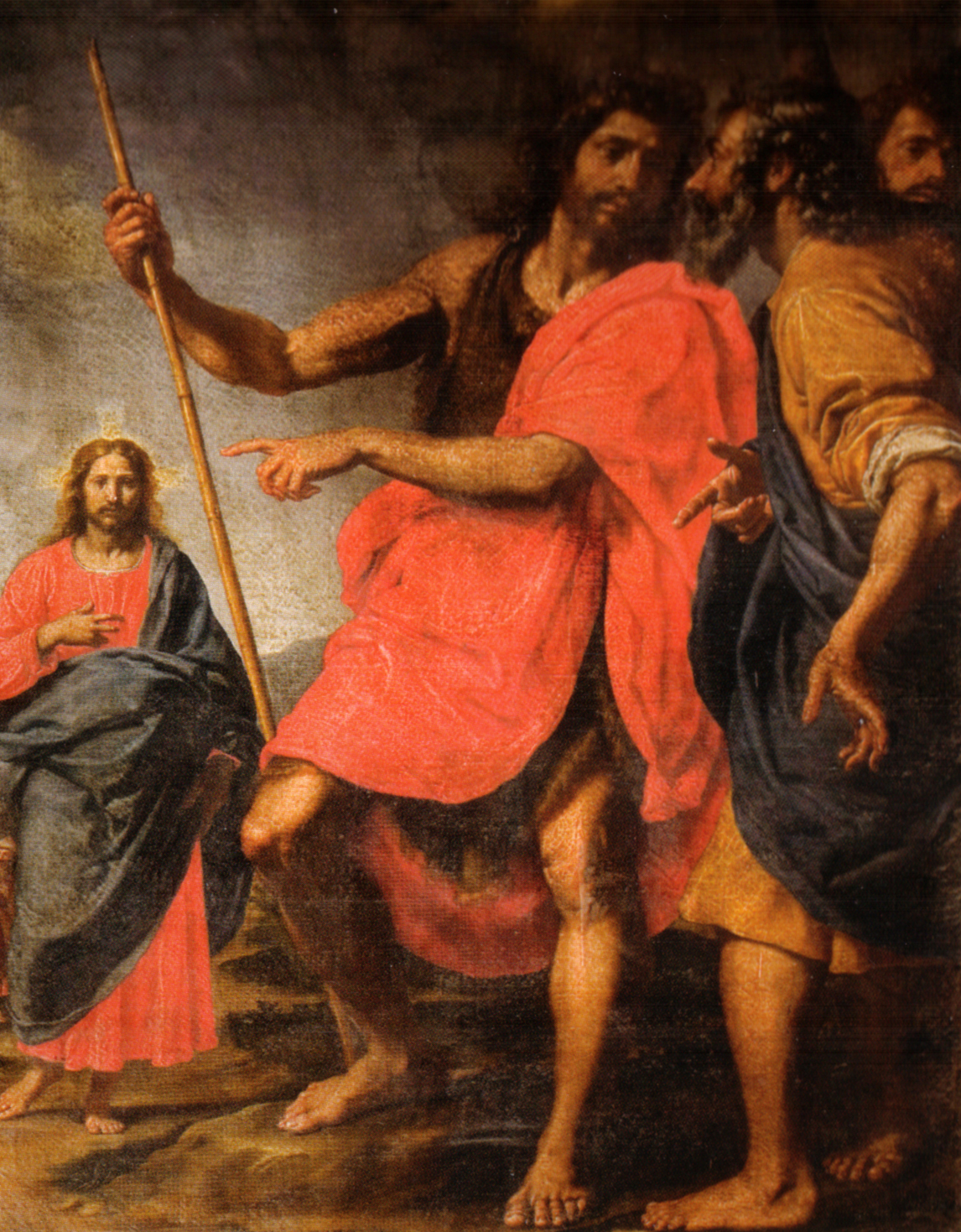
At a neighborhood Christmas party, I had a lively and stimulating conversation about some of the technical elements of filmmaking–editing, cinematography, action choreography, and the like. Neither my neighbor nor I work in the field, and we don’t have serious aspirations of movie careers. We just find that our appreciation of the movies we enjoy is enhanced by understanding the processes involved.
Of course, not everyone wants to peer behind the curtain, and that’s fine. For them, it diminishes the magic of art, or perhaps I should say Art, and reduces it to craft. Likewise, some artists prefer not to reveal their process. Like Michelangelo removing all the marble that wasn’t David, or Mozart transcribing music that appeared in his mind as a complete composition, these artist-magicians summon Art from its native ethereal realm.
I do wonder if this is partly an issue of language. Particularly when it comes to ideas and immaterial works like musical compositions, we don’t have a useful vernacular for articulating how we create them. There are many reports of mathematical results, written works, visuals, and music being received fully formed. We ascribe these events to the muses, to inspiration of one sort or another, to the machinations of our subconscious, to the Zeitgeist. There is almost certainly some reality to this experience, even if our descriptions of it are varied. Yet I think we need to be careful not to act is if this is the complete story.
Some artists, just by the art they choose to make, tell us that they are doing more than transmitting an existing entity from some Platonic dimension to us cave dwellers. The process of creating also matters; in some cases, the process is the only thing that matters. I’m thinking of the paintings of Jackson Pollock; I’m thinking of the aleatoric music of John Cage and others. The vision and priorities of the artist are not the only determining factor of the end product; rather, they are reflected in the process by which that product is made. I’m also thinking of the work of Duchamp and Warhol and others that highlighted the output of industrial mass production. Factory assembly lines are no one’s idea of magic and rarely considered the domain of artists, yet their output can have artistic qualities all the same by virtue of being well crafted.
Here’s where I think the enhanced appreciation from understanding process comes in. When we interpret exclusively with a magical view of art, we have no choice but to conclude that every aspect of the end result is the perfectly realized intention of the artist. Depending on how we talk about that magic, those might be the intentions of the human artist or of some divine source, but the effect is the same. There is no way to distinguish what was intended, what was constrained by the limitations of the execution, and what parameters were left entirely free or not considered at all. That kind of nuance requires paying attention to the man behind the curtain and understanding the processes used to create. In this way it is possible to identify specifically and precisely those features the artist actually chose in order to communicate whatever they intended to communicate. Likewise, it prevents reading meaning where no meaning was meant, which can otherwise occur when fixating on aspects of the work that the artist actually exerted no control over.
Now, if you’ve made it this far, you’re possibly wondering why I’m talking so much about art in a column nominally about science. I think it helps to illuminate how I think about magic, and how that relates to miracles. Earlier, I wrote about a scientific retelling of the crossing of the Red Sea from Exodus. As with the craft of filmmaking, not everyone is interested in such explanations; they are content to begin and end with “God did it.” Yet I think if (and that’s a big if; nothing in the case of this particular miracle is conclusive) we identify more about the process of how God accomplished a miracle, that needn’t necessarily diminish our appreciation of it. I think the prime example of this is the miracle we celebrate at Christmas, the miracle of the incarnation.

It’s always tricky dealing in counterfactuals, and we can’t really expect to know the breadth of options actually available to God in any situation. Nevertheless, I think we can agree that, independent from its plausibility, it would have been more magical if God had been incarnate all at once in the fully grown man Jesus. I imagine something like a famous shot from Lawrence of Arabia–Jesus first appearing as a dot on the horizon and emerging from the wilderness to present himself to John the Baptist, devoid of any earthly history. It certainly would have lent him a greater air of mystery, perhaps attracting more followers and enhancing his claim of divinity. It would have avoided tricky questions, like what it would mean for an omniscient God to exist as a being that had to learn object permanence, or for the Word of God to only be capable of communicating a single bit of information–discontentment (inarticulate wail) or contentment (absence of wail).
Yet that is not the story the Gospels tell. Instead, God become incarnate as a man in the same way that the rest of us become a man or woman, by being born and growing into it, with everything that implies. For example, we can only assume the God-man went through the same…aromatic digestive transitions all babies go through as their bodies adapt to new forms of nourishment. We might think such things undignified for God, but I am so grateful that God did not consider them undignified. After all, bleeding is an equally crude bodily function involving fluids many would prefer not to think about, and yet it was to acquire the ability to bleed that God undertook incarnation in the first place.
Andy has worn many hats in his life. He knows this is a dreadfully clichéd notion, but since it is also literally true he uses it anyway. Among his current metaphorical hats: husband of one wife, father of two teenagers, reader of science fiction and science fact, enthusiast of contemporary symphonic music, and chief science officer. Previous metaphorical hats include: comp bio postdoc, molecular biology grad student, InterVarsity chapter president (that one came with a literal hat), music store clerk, house painter, and mosquito trapper. Among his more unique literal hats: British bobby, captain’s hats (of varying levels of authenticity) of several specific vessels, a deerstalker from 221B Baker St, and a railroad engineer’s cap. His monthly Science in Review is drawn from his weekly Science Corner posts — Wednesdays, 8am (Eastern) on the Emerging Scholars Network Blog. His book Faith across the Multiverse is available from Hendrickson.

Leave a Reply